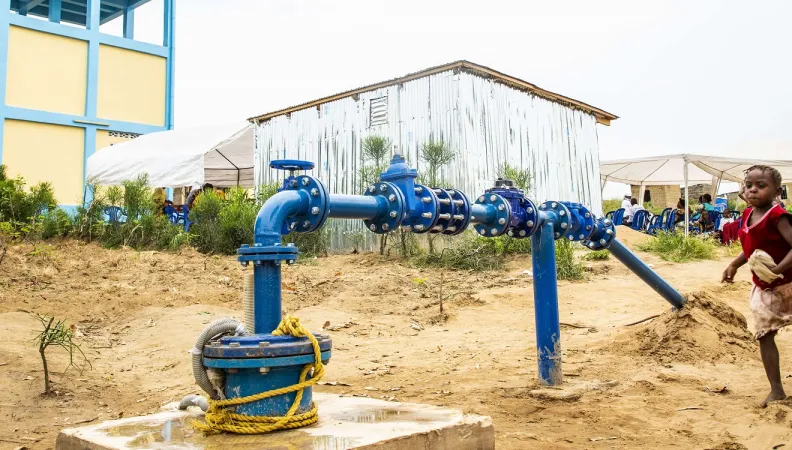Share the page
3 Innovative Projects to Preserve Water Resources
Published on

Water stress is becoming increasingly common due to climate change, from droughts and irregular rainfall to dwindling aquifers and groundwater. Some countries are using innovative methods however, to preserve water resources and improve access to water. Here are three revelatory examples.
QIXIAN WETLANDS, CHINA: RESTORING NATURE THROUGH NATURE
In Qixian, a province with an arid climate, the Changyuan River wetlands had dried up over time due to the effects of climate change, resulting in the degradation of entire ecosystems. A restoration project was launched in 2015 using Nature-based Solutions. Among them, a filtering garden using aquatic plants to process urban wastewater and supply the wetlands with water. Weeping willows are planted horizontally along the river to strengthen the banks naturally.
In five years, the wetland ecosystem and hydrological functioning of the Changyuan River have been completely re-built. A model for preserving wetlands around the world.
Further reading: Water and Sanitation: Our Commitments in 2022, for a Continuing Impact in 2023
WEST BANK: AN INNOVATION COMBINING WATER TREATMENT AND GREEN ENERGY
Access to drinking water is a major issue in the northern West Bank, which is subject to significant water stress. Before 2018, water covered only 25% of the Tubas area, and in Tammun, the only source of water was by water trucking, resulting in unhealthy water, gastric diseases and costly processes.
The Nexus North project, financed by AFD Group and the European Union, is based on an innovative approach combining investment in the water, sanitation and renewable energies sectors – in other words, a kind of “nexus”.
In addition to the extension of drinking water connections to the sanitation network, a renewable energy system (small solar power plants) has been designed to operate in a synchronized way with the drinking water network, whose wells and pumping stations are highly energy-intensive. Large solar panels and wind turbines will be installed near the wastewater treatment plants and water facilities to generate the energy they need to operate. The energy costs will be close to zero.
The project has already greatly improved living conditions for residents: 20,000 additional people benefit from a drinking water supply service, and 3,000 people from a sanitation service. In Tubas, there has been a 30-fold reduction in the cost of water consumption. The sanitation works have also had a positive effect on the quality of the natural environment and groundwater resources.
Further reading: "Water is Central to Achieving the Sustainable Development Goals"
SENEGAL: PROTECTING WATER RESOURCES IN THE POUT REGION
The Pout region, 50 km from Dakar, holds groundwater resources that provide 25% of regional supply. Mining and agriculture irrigation draw heavily on these aquifers, which can barely recharge due to the consequences of climate change.
To address this situation, in late 2021, in partnership with AFD Group’s Adapt’Action Program, the Senegalese Government launched a project to protect water resources and improve groundwater recharge using Nature-based Solutions.
These solutions aim to facilitate rainwater infiltration and recovery, optimize water resources and reduce water-related natural hazards, such as flooding, flash floods and drought.
Methods include:
- Soil erosion control via reforestation, small rock dams and “Stone lines” –stones aligned to slow down runoff and enhance water infiltration
- Groundwater recharging with the rehabilitation of retention ponds
- Farming practices that reduce water consumption
